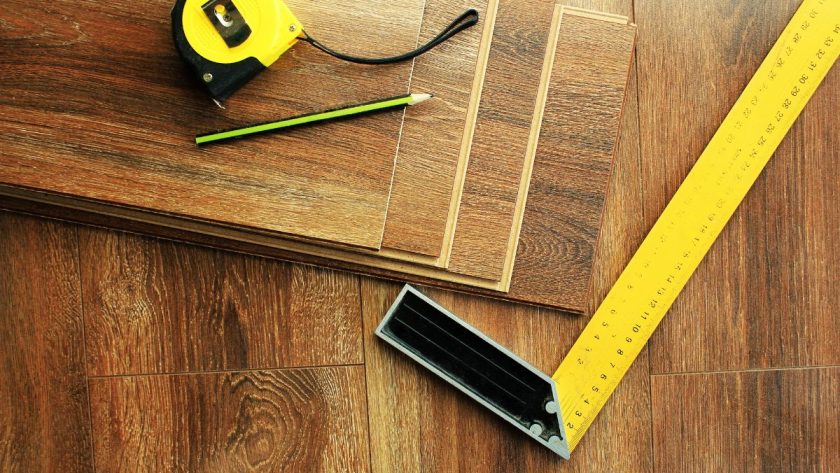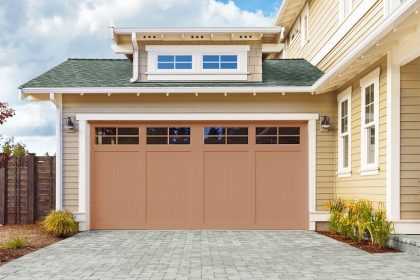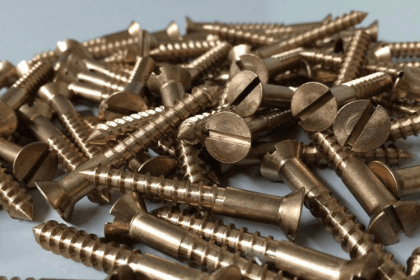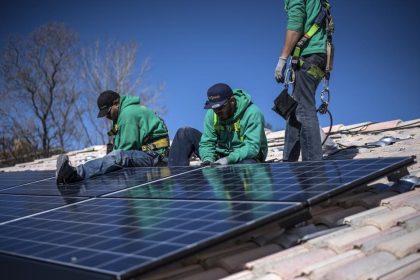Did you know that most Americans heat or cool their homes to avoid sweating?
If you’re planning to install your own hardwood flooring, it might seem like a complicated task. However, it’s important to know about hardwood flooring installation errors so you can avoid trouble.
Just read on to learn all about these common mistakes!
1. Not Prepared for the Sub Floor
Sub floors must be clean and smooth. Otherwise, the hardwood flooring won’t lay evenly and will eventually buckle or cause water damage. This is because wood is highly absorbent, and any moisture on the sub floor will be pulled up into the hardwood and cause warping, cracks, and buckling.
To avoid this, the sub floor must be cleared of debris, cleaned thoroughly, and the wood should be treated with a sealant to protect it from moisture. Additionally, sub floors must be inspected for any discrepancies, such as low spots where added support might be required, and uneven floors should be levelled.
2. Forgetting to Check Moisture Level
One of the biggest errors that can be made when installing hardwood flooring is forgetting to check the moisture level of the subfloor. When the wood is too wet, either from moisture in the air or water from a plumbing pipe, it can expand and cause the wood to buckle and warp.
To avoid this, homeowners should always check the moisture content of their subfloor before starting the installation project. Before you even begin the installation, use the meter to check the moisture level of both the hardwoods and the subfloor, and wait until the level is below what is recommended before continuing with the project.
3. Failing to Glue
Failing to glue the floorboards when installing hardwood flooring can cause a variety of problems. Firstly, the floorboards can become loose, making a squeaking sound when walked on. Secondly, the floorboards can start to separate over time and in particularly humid conditions, which can cause gaps that make deep cleaning difficult.
Additionally, make sure to shop for hardwood flooring that is durable and install them properly.
4. Not Nailing Enough
When it comes to hardwood flooring installation process and errors, one of the biggest and potentially most disastrous is not nailing enough. This error can cause the wood planks to move and become loose or misaligned, creating an uneven and unsightly floor.
To prevent this, be sure to follow the manufacturer’s guidelines for the number of nails required per board, typically between 8 and 12, depending on the size of the plank. Be sure to use the correct size nail and pre-drill holes if necessary.
5. Tiling Directly on Concrete
Many DIYers mistakenly believe that tiling on concrete is an easy, straightforward process, but this approach can easily lead to expensive mistakes. It’s essential to consider the humidity levels of the concrete slab before tiling, which is best done by an experienced professional. If these levels are too high, the moisture can cause warping and cupping of the wood over time.
In addition, concrete can flex and settle, which will cause your hardwood floor to move and even come loose. The best way to avoid these costly errors is to use a proper concrete underlayment between the floor and concrete slab.
Avoid These Hardwood Flooring Installation Errors Today
Hardwood flooring is an attractive and long-lasting choice for many homes. However, when not installed properly, errors can occur and reduce the lifespan of the wood.
To avoid hardwood flooring installation errors, it is advisable to hire a professional contractor with plenty of experience.
Found this interesting? Read the rest of our blog and learn more!





